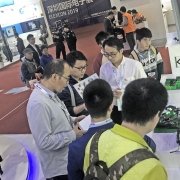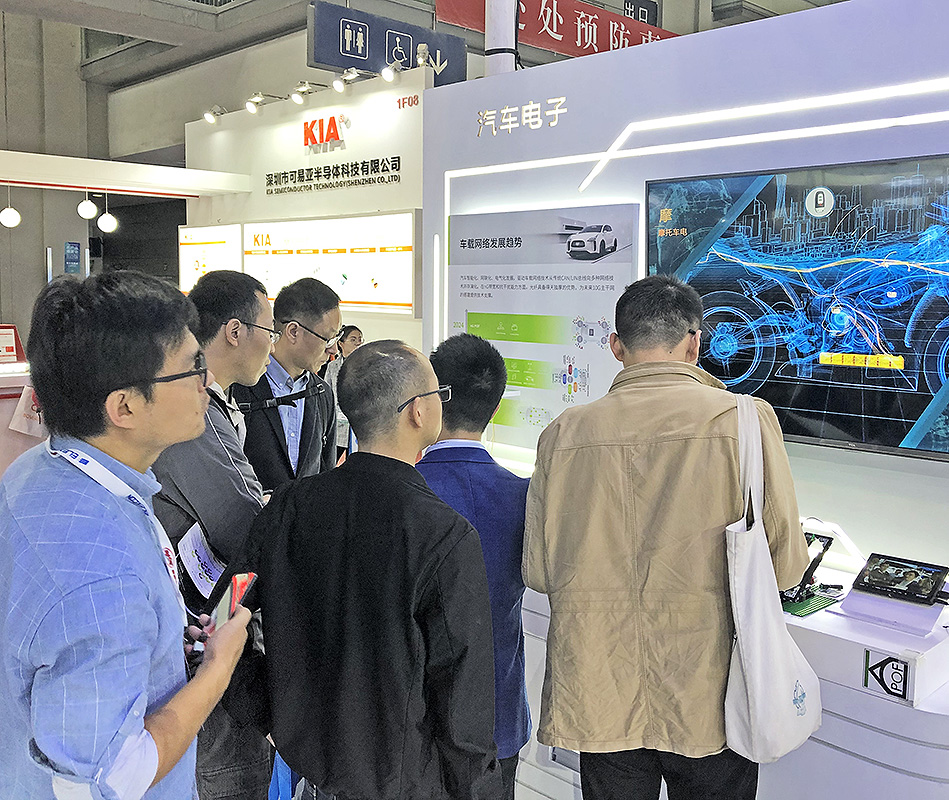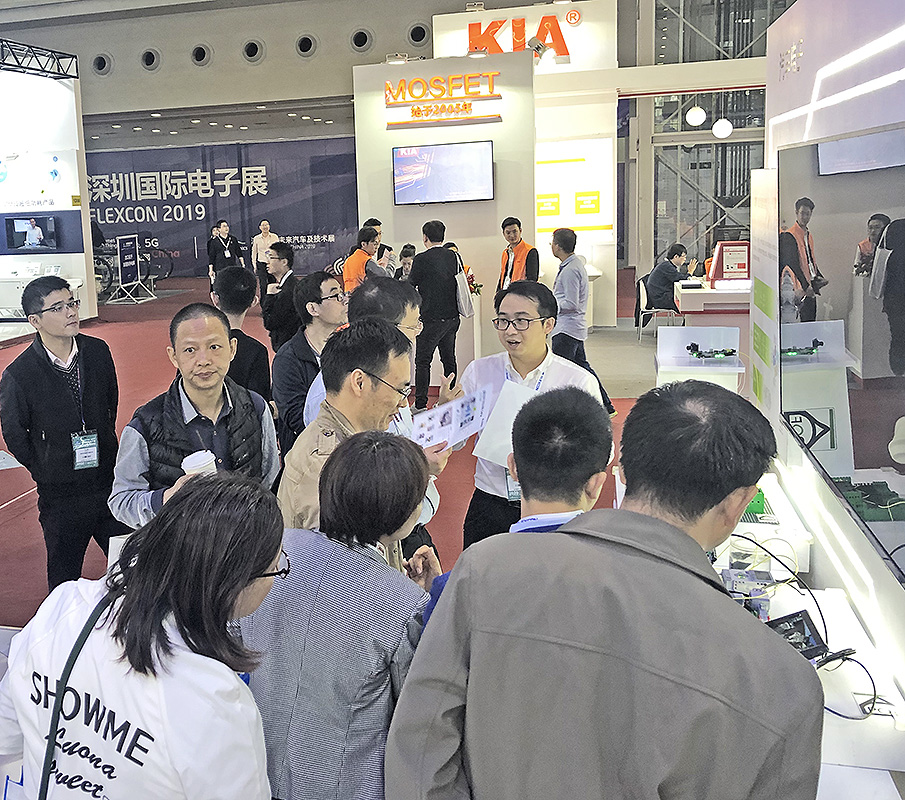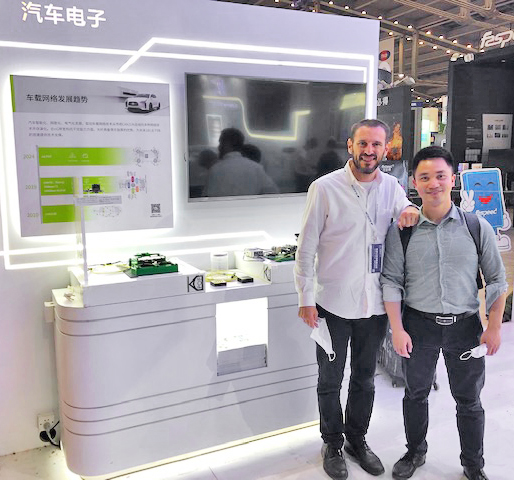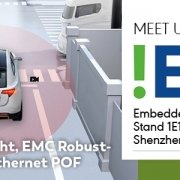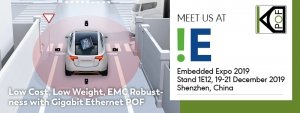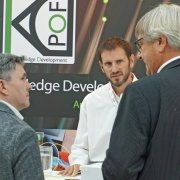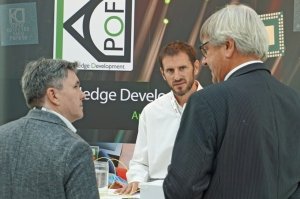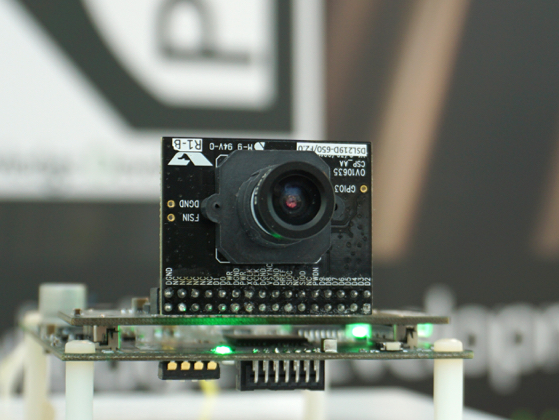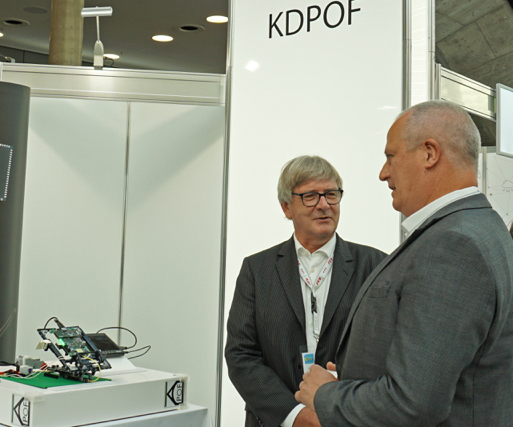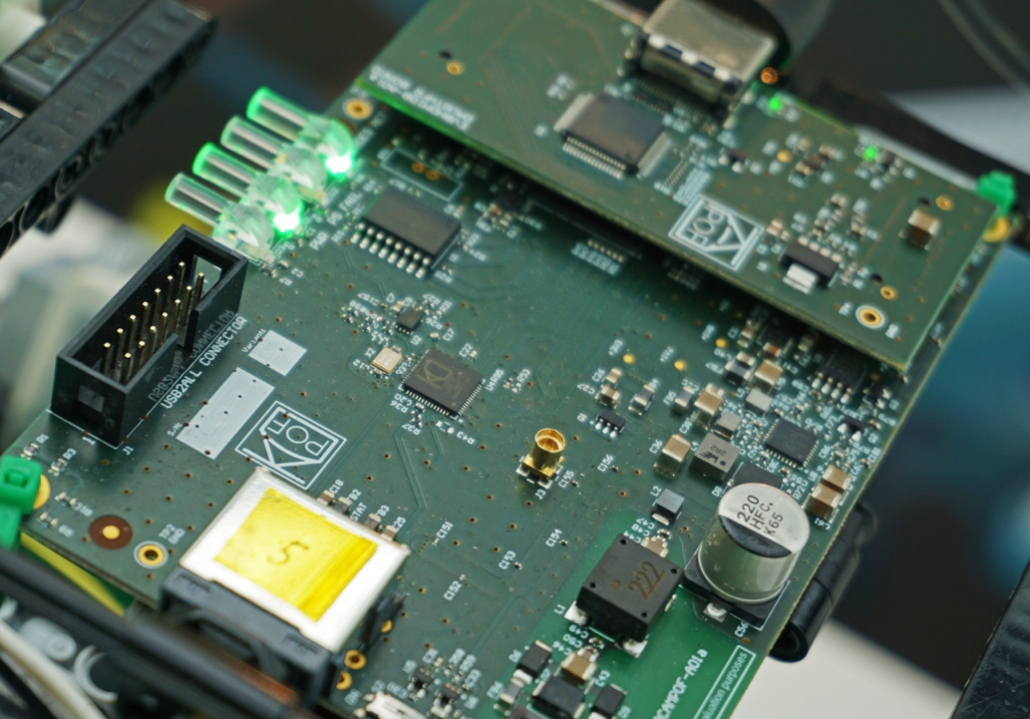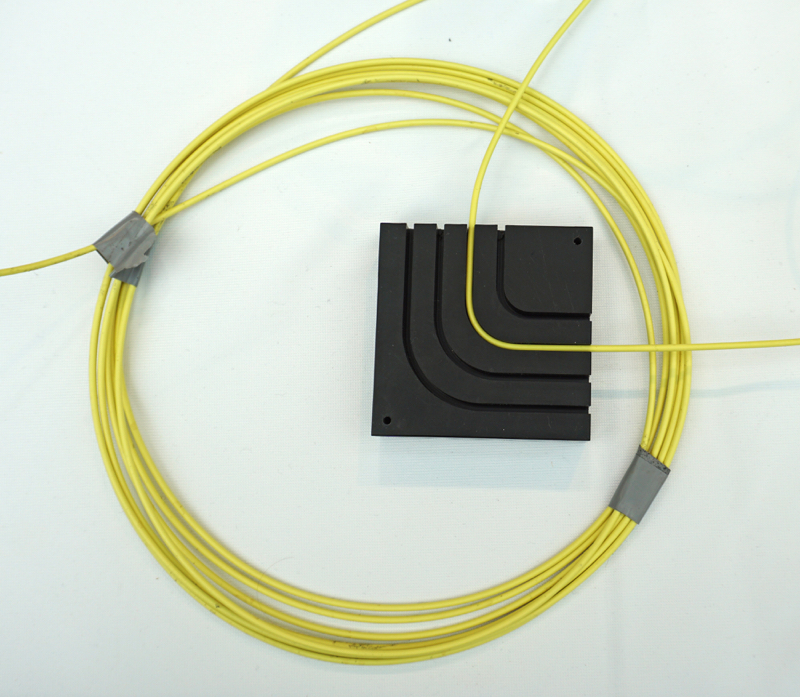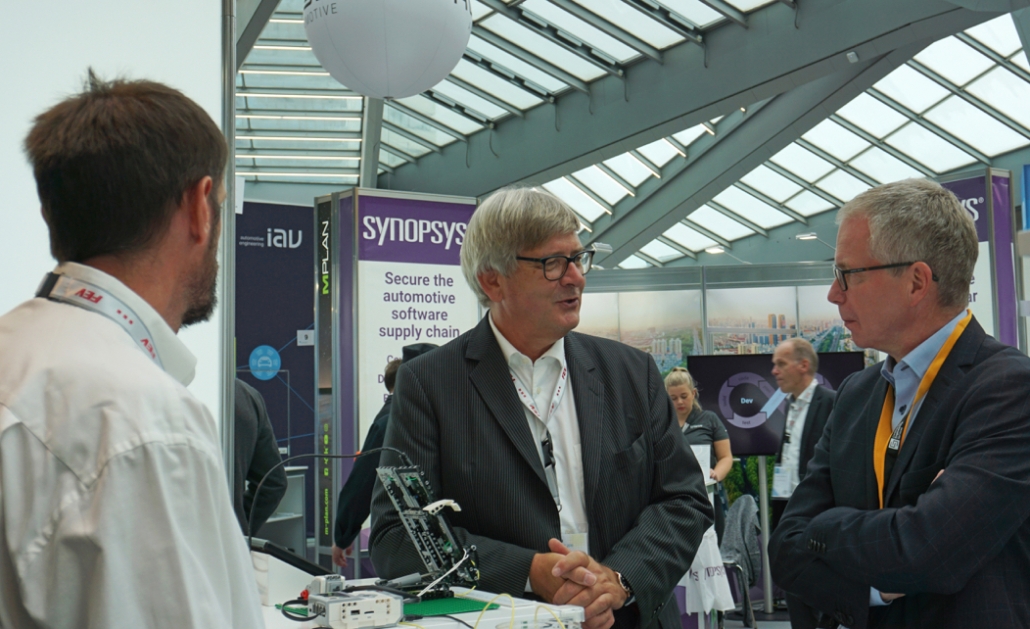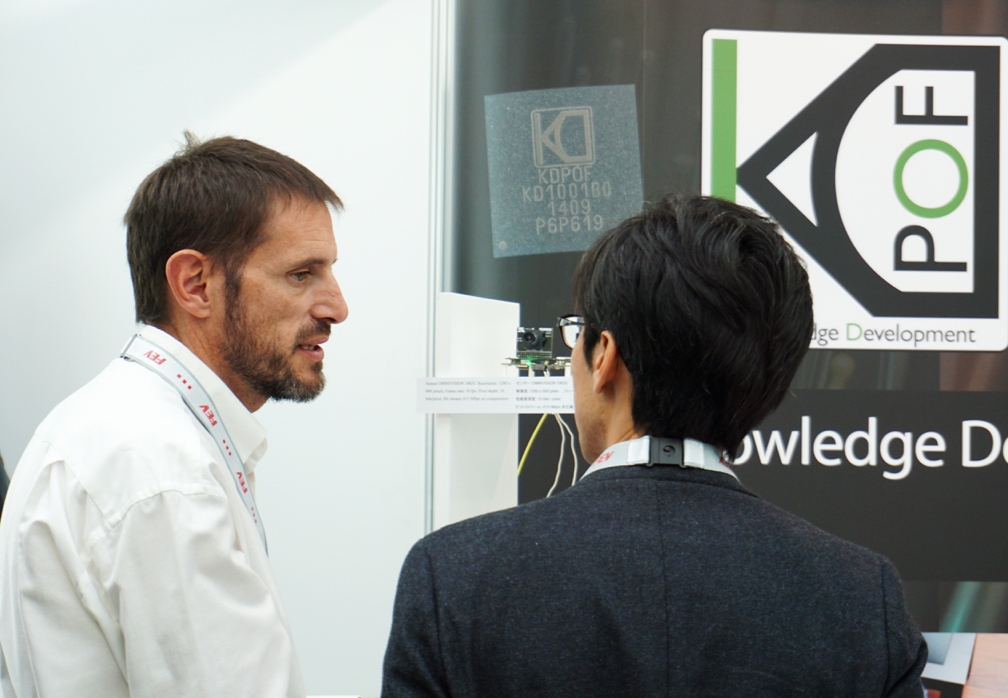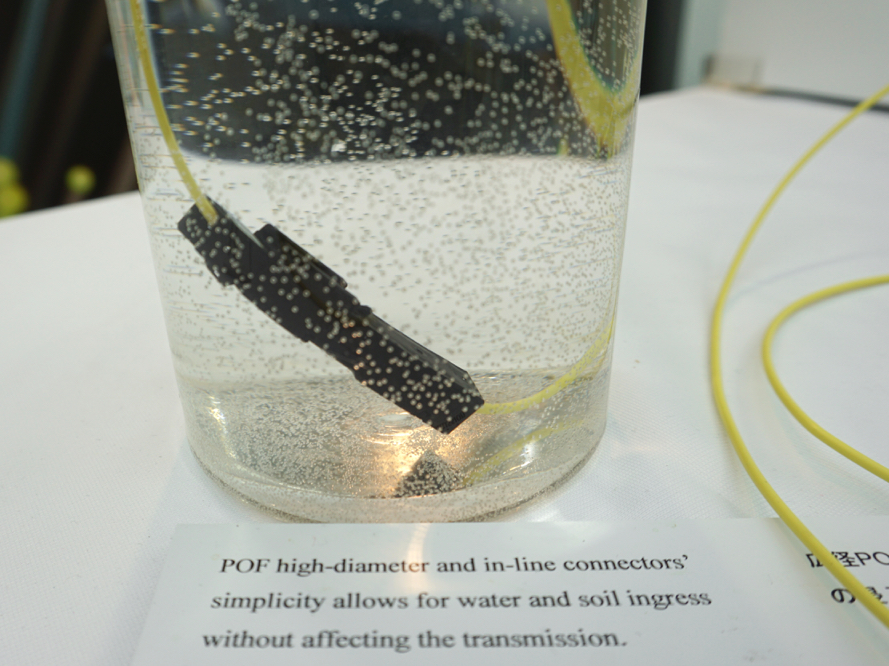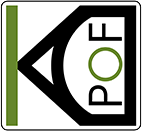At the virtual Wire Harness Congress on September 22, 2020, KDPOF will display insights and update on Optical Multi-Gigabit Connectivity. In their presentation at 15:50, Juergen Schachtschneider, Automotive Manager Central Europe & Greater China, and César Esteban, Applications & Support Manager, will prove how automotive networks profit from optical technology. Electric and autonomous driving architectures are substantially pushing the challenges for wiring systems. Issues include electromagnetic interference (EMI), electromagnetic susceptibility (EMS), and weight reduction. On top, automotive applications, utilization, and safety requirements are boosting the necessary network speed tremendously. The new 48-volt electrical architecture in cars additionally pushes the envelope in terms of cross-domain isolation requirements. Copper links for communication rates above 100 Mb/s need heavy and expensive solutions to comply with the stringent OEM’s EMC specs, resulting in high cost and very difficult engineering. Moreover, the weight of the ever-growing diameter of the required cables plays against the race for range increase of electrical powertrains.
The presentation will prove how optical network technology overcomes these trends thanks to its inherent galvanic isolation, robustness, low cost, and low weight. Carmakers will benefit from optical links for communications between the 48-volt and the 12-volt domains. For weight, the optical network will save more than 30 percent of the equivalent copper-based harness weight. Optical Ethernet provides 100 Mb/s and 1 Gb/s network solutions today, and multi-gigabit Ethernet is the significant upcoming breakthrough for in-vehicle networks. The standardization effort for optical multi-gigabit is already in progress within the IEEE as an amendment to the Ethernet standard 802.3.
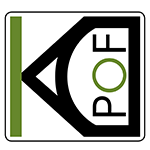

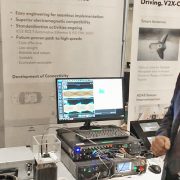

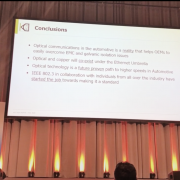
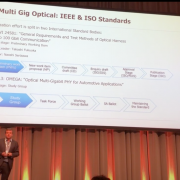
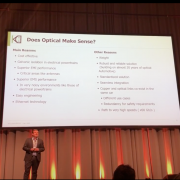

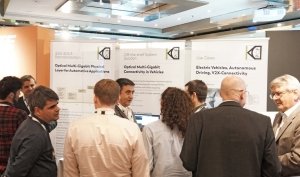
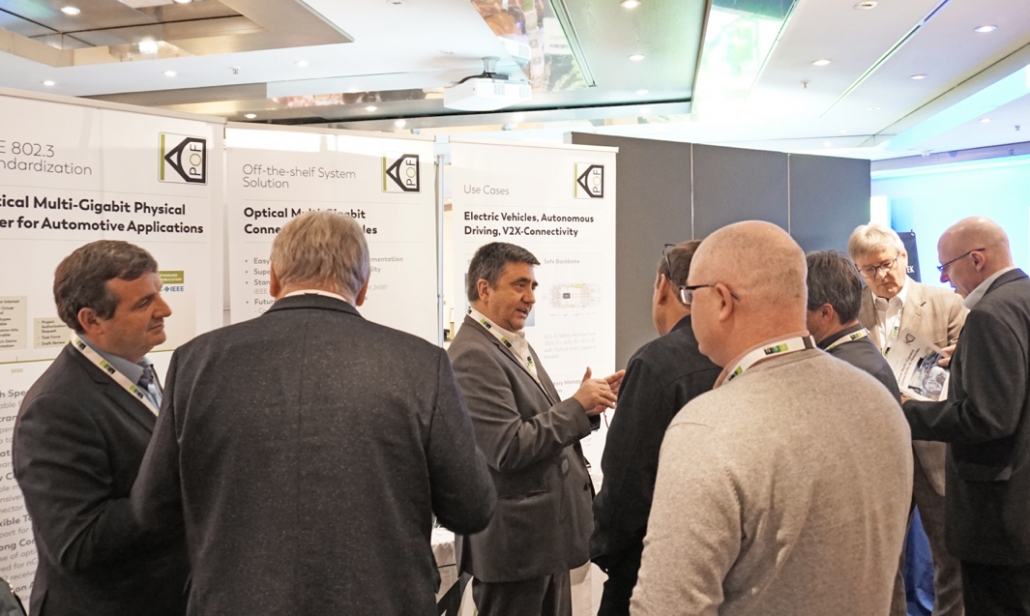
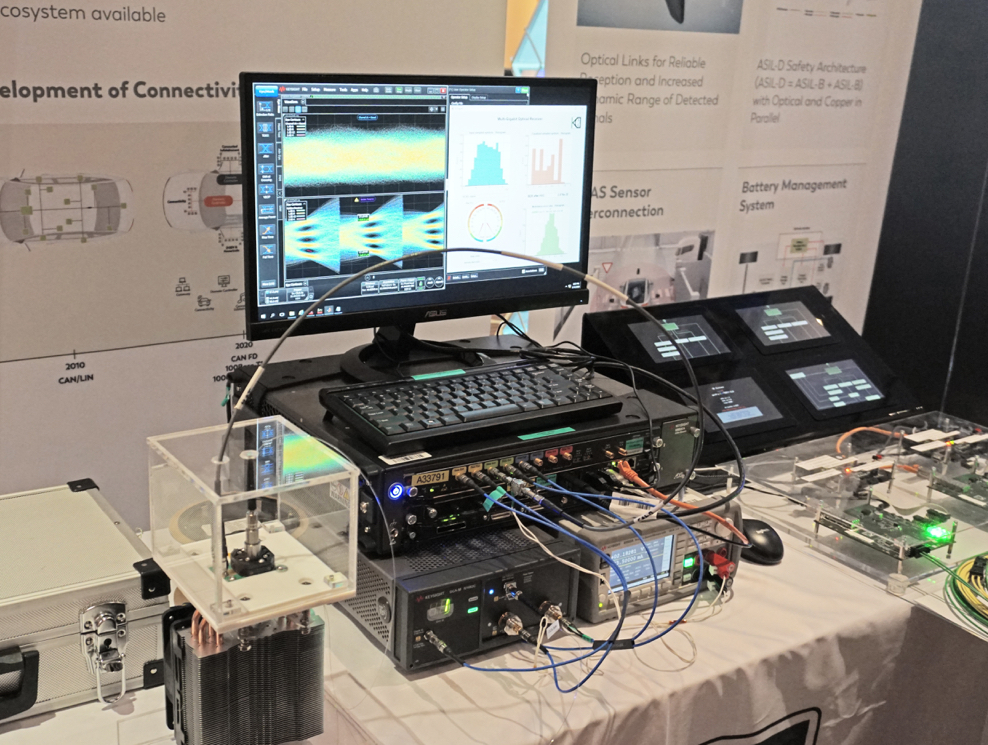

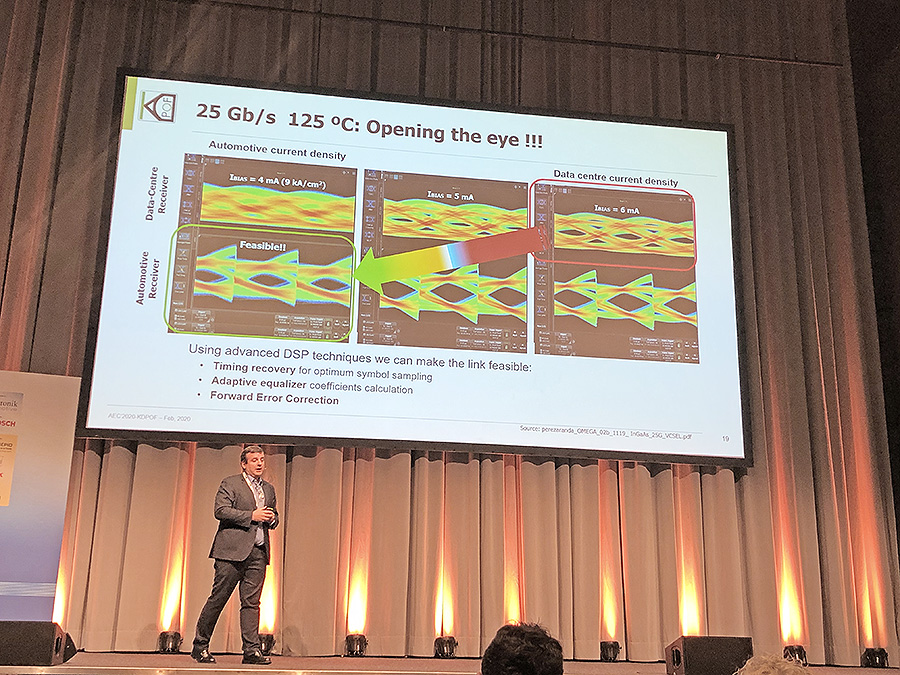

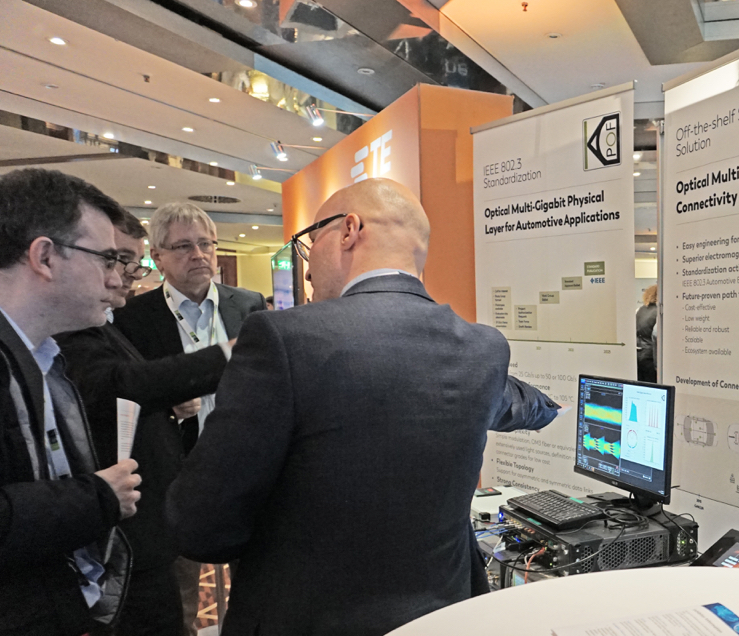
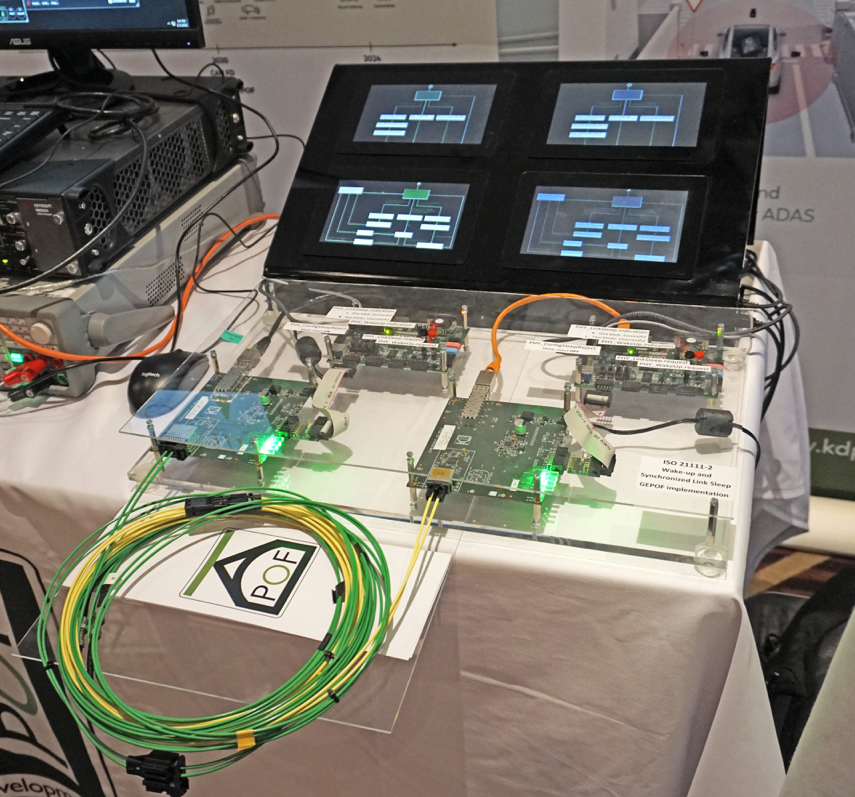
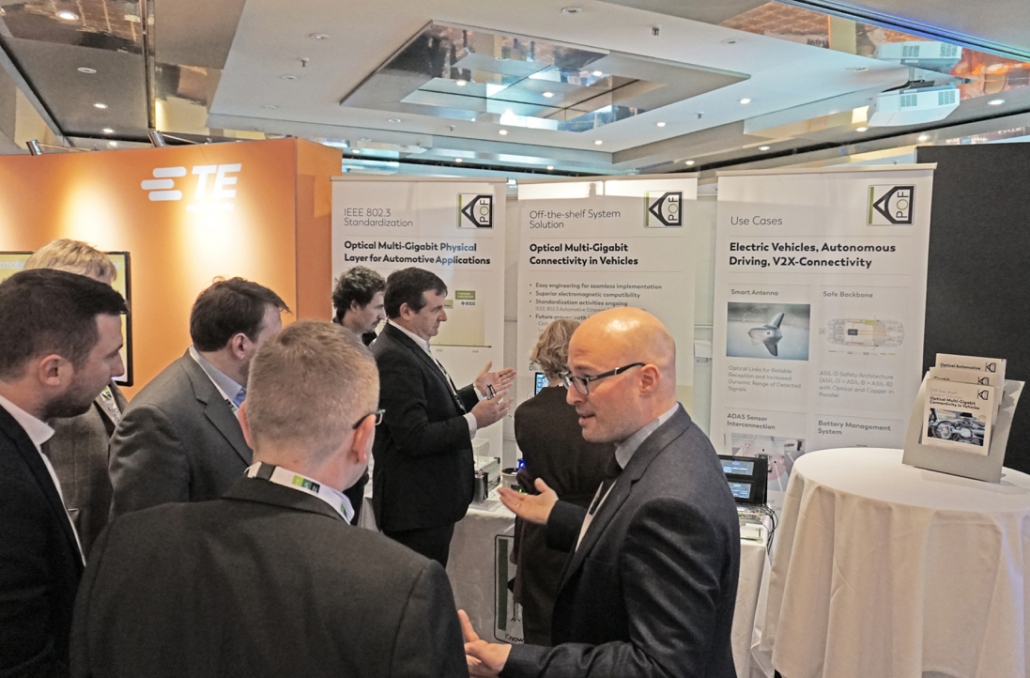
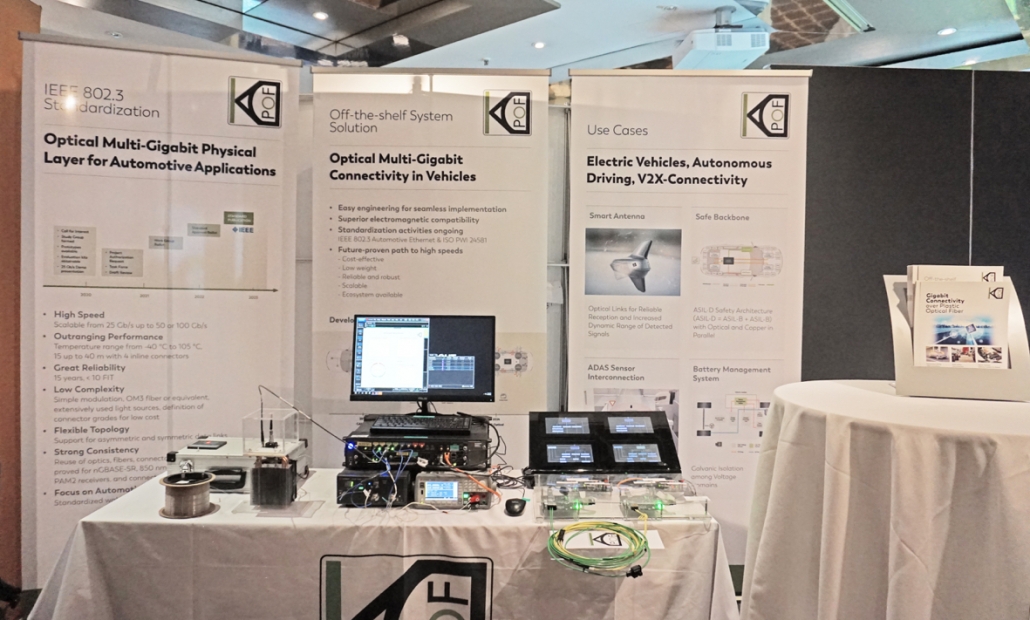
 Getty Images
Getty Images
